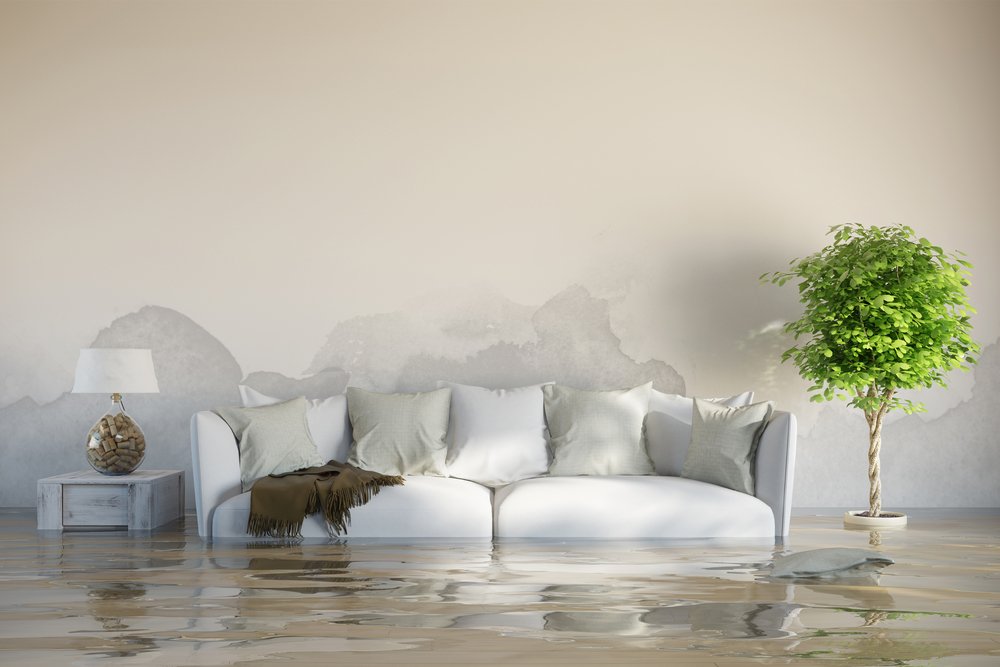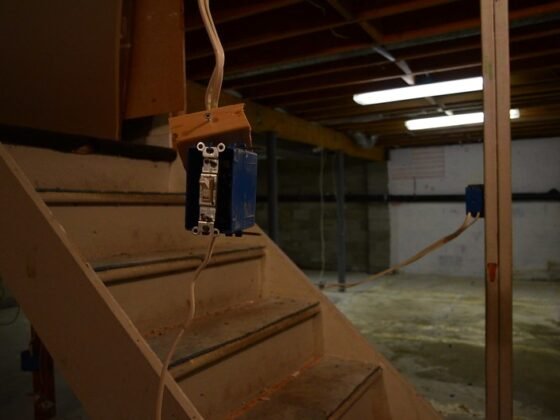Table of Contents Show
Living in a storm-prone location has its challenges. Rains may batter your home like there’s no tomorrow. Heavy rains and flooding can also cause damages to the different areas of your property.

If a storm has hit your area recently, here are five tips to help you deal with water damage.
Take Safety Precautions
It’ll help you to be extra careful even when the storm dissipates or passes your area. Heavy winds and hard rainfall can throw debris around the neighborhood. Watch out for physical hazards, like collapsed walls and window damage.
Also, take extra precaution when standing in flooded areas in your home. The storm might damage electrical wires, and these fixtures might still produce electricity. When live wires meet anything wet, it can create surges of electrical current.
Always secure your safety when you need to stand in flooded terrain in your property. Wear pieces of clothing that can prevent electricity from coursing through your body. For instance, wear rubber boots as you traverse through flooded basements.
Safety is the first step to dealing with water damage restoration. But, if you can’t secure safety gear because of the storm, consider contacting the local emergency response team to help you out.
Read Also:
- Detect the Symptoms of Water Damage and Rectify Them Before They Worsen Further
- After the Storm: 11 Signs of Water Damage in Your Home
- How to Hurricane Proof Your House: The Ultimate Guide
- How to Assess the Damage to Your Roof after a Storm?
- How to Protect Your Home from Exterior Damage
- 5 Things to Do After a Hurricane Hits Your Home
Check and Document the Extent of the Damage
Storms have different intensities, and some of these natural calamities are worse than others. If a storm or a typhoon-ravaged your town, it’s critical to keep calm even if the sight of the damages gives you unwanted stress.
In the event of water damage caused by heavy rainfall and flooding, the first reaction of many people is to start moving their items. But, document the extent of the damage first. The images will help you when you’re filing for insurance claims (more on that topic in a bit).
Without proof, you might reduce the amount of money you can get from an insurance company’s financial aid. Also, the insurance firm might deny your claim because you already cleaned the place when an inspector checks your home.
Contact Your Insurance Company
After documenting the storm-ravaged area and the water damage it left behind, it’s time to contact your insurance firm.
But, take note that you should already have storm insurance coverage even before the natural calamity struck. Otherwise, applying for the coverage after the storm will most likely make the insurance firm deny your application.
However, if you do have storm insurance, make sure that part of the policy covers water damage. Read the fine print as there are specific clauses that may or may not help you grant a claim.
For example, the aspect of water damage from a natural disaster only covers rain damage before the water hits the ground. Otherwise, if the rainwater damages surrounding areas while the liquid is already on the ground, insurance firms might deem it as destruction from floodwater.
Take note that rain and floodwater can be two separate entities in your insurance policy. Ask your insurance provider if your plan covers these hazards.
Remove Water as Much as You Can
After contacting your insurance company, it’s time to remove as much of the water as you can. Preventing additional water damage starts by knowing the extent of the damage that rain or floodwater can do to various home components.
Remember, the longer the water sits in an area, the more damage it can cause to parts like flooring, drywall, and appliances. Also, moisture buildup can become a problem as this scenario can cause mold and mildew to grow.
If needed, rent a vacuum from a hardware store to hasten the water removal process. Also, make sure to search every nook-and-cranny for remnants of water and moisture. If not, then there’s still a risk of mold and mildew growing in several locations in your property.
Contact a Professional Restoration Company
The thought of seeing your home ravaged by a storm as it brought water damage along with it is stressful enough. At this point, you might be thinking of how you can recover from damages caused by the strong winds and heavy rains.
You can contact a professional home restoration firm to help you remove and fix water damage caused by a storm from your property. Let the experts handle the water removal and home repairs for you, while you handle other crucial tasks to help restore the standard quality of life.
Conclusion

Storms and the accompanying water damage can negatively impact the lives of people. But, you can still deal with water damage after the natural calamity using the tips mentioned above.
Don’t forget to exercise the utmost caution when dealing with water damage. Also, if you think dealing with water damage is too much to handle, contact professional services from the start.









